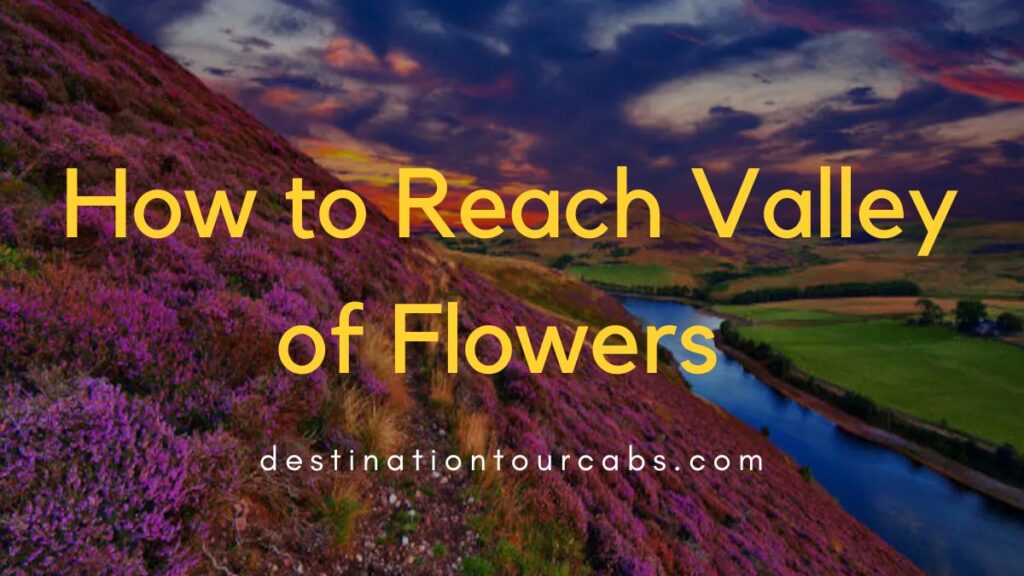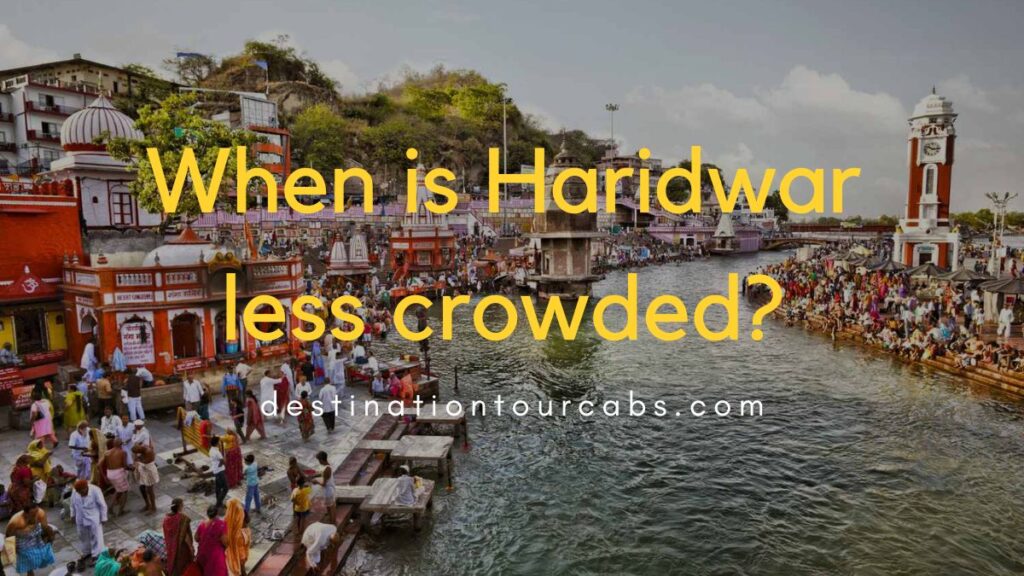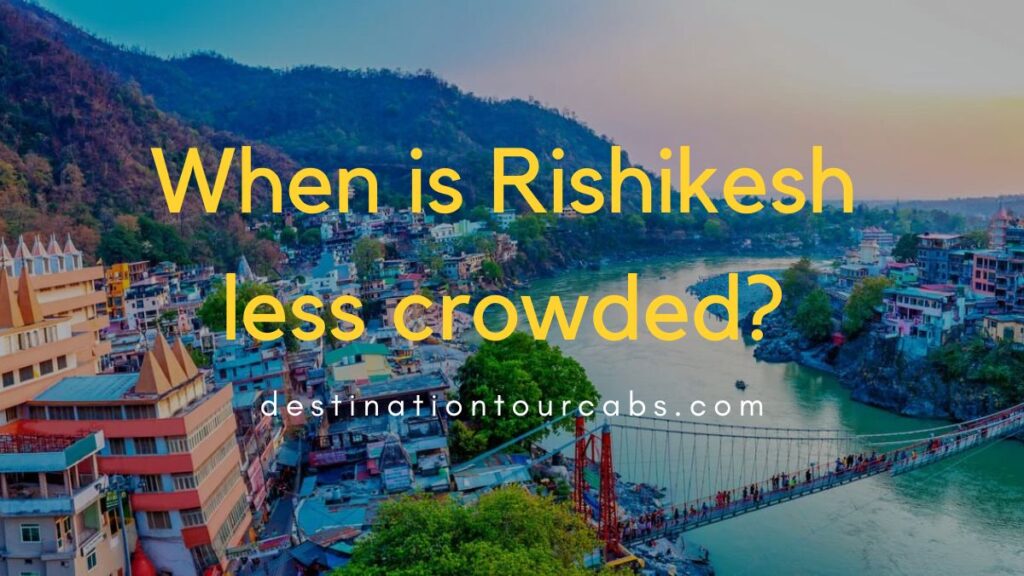The Valley of Flowers, a UNESCO World Heritage Site, is a breathtaking destination tucked away in the Garhwal Himalayas of Uttarakhand, India. Renowned for its stunning display of endemic alpine flowers and the majestic backdrop of the towering mountains, this valley is a must-visit for nature enthusiasts and adventurers alike. If you’re planning a trip to this paradise in 2024, this comprehensive guide will provide you with all the information you need on how to reach Valley of Flowers.
Nearest Airport and Railway Station
To begin your journey to the Valley of Flowers, you’ll first need to reach the nearest airport or railway station. The closest airport is the Jolly Grant Airport in Dehradun, located approximately 295 kilometers (183 miles) from the valley. If you prefer to travel by train, the nearest railway station is in Rishikesh, situated about 276 kilometers (171 miles) away.
Reaching Govind Ghat
Once you’ve arrived at either Dehradun or Rishikesh, the next step is to reach Govind Ghat, the gateway to the Valley of Flowers. The most convenient way to reach Govind Ghat is by road. From Dehradun, it takes around 11 hours to drive to Joshimath, and then another hour to reach Govind Ghat. If you’re starting from Rishikesh, the journey to Govind Ghat is approximately 273 kilometers (170 miles) and takes about 10-11 hours by road.
Several bus services operate from Rishikesh and Dehradun to Govind Ghat, including both state-run and private buses. You can also hire a taxi or a private vehicle to reach Govind Ghat, which offers more flexibility and comfort.
The Trek to Ghangaria
From Govind Ghat, the real adventure begins as you embark on a magnificent trek to the Valley of Flowers. The first leg of the trek involves a 13-kilometer (8.1 miles) hike to Ghangaria, the base camp for the valley. The trail is steep and narrow but well-defined, offering stunning vistas of the surrounding mountains and the roaring Pushpawati River.
The trek to Ghangaria can take anywhere between 4 to 8 hours, depending on your fitness level and the weather conditions. It’s essential to pace yourself, stay hydrated, and take breaks when needed. Along the way, you’ll come across several small eateries and rest stops where you can refuel and catch your breath.
For those who find the trek challenging, there are options to hire a mule or a porter to carry your luggage. This can help lighten your load and make the trek more manageable.
Ghangaria to the Valley of Flowers
After reaching Ghangaria, you’ll need to rest and prepare for the final leg of the journey to the Valley of Flowers. The trek from Ghangaria to the valley is relatively shorter and easier, covering a distance of about 3 kilometers (1.86 miles). This stretch takes around 2-3 hours to complete, depending on your pace and the number of stops you make to admire the breathtaking scenery.
As you enter the Valley of Flowers, you’ll be greeted by a vibrant carpet of flowers in myriad hues, stretching as far as the eye can see. The valley is home to over 500 species of flowers, including several rare and endangered varieties. Some of the most notable flowers you’ll encounter include the Brahma Kamal, Blue Poppy, Cobra Lily, and the Himalayan Blue Primrose.
Best Time to Visit
The Valley of Flowers is accessible only from June to October, as heavy snow blankets the region the rest of the year. However, the best time to visit is from mid-July to mid-August when the flowers are in full bloom, painting the valley in a mesmerizing array of colors. Keep in mind that the weather in the mountains can be unpredictable, so it’s essential to check the forecast and come prepared for any sudden changes.
Accommodation and Essentials
Ghangaria, the base camp for the Valley of Flowers trek, offers several accommodation options, including guesthouses, lodges, and camps. It’s advisable to book your accommodation in advance, especially during the peak season, to avoid any last-minute hassles.
When planning your trek, it’s crucial to pack the right gear and essentials. Some must-have items include sturdy trekking shoes, warm and waterproof clothing, a backpack, a water bottle, energy snacks, sunscreen, and a first-aid kit. Don’t forget to carry your camera and extra batteries to capture the breathtaking beauty of the valley.
Also Read: How to Plan Char Dham Yatra (2024 Complete Guide)
Eco-friendly Trekking
As responsible travelers, it’s our duty to minimize our impact on the fragile ecosystem of the Valley of Flowers. While trekking, make sure to follow the designated trails and avoid trampling on the delicate flowers and vegetation. Refrain from littering and dispose of any waste responsibly. Remember, the valley is a protected area, and plucking flowers or damaging the environment is strictly prohibited.
Conclusion
Reaching the Valley of Flowers may seem like a daunting task, but with proper planning and preparation, it can be an incredibly rewarding experience. The journey itself is an adventure, taking you through some of the most picturesque landscapes in the Himalayas. By following this comprehensive guide on how to reach Valley of Flowers, you’ll be well-equipped to embark on this unforgettable trek in 2024.
So, gather your courage, pack your bags, and get ready to witness nature’s grand spectacle in the enchanting Valley of Flowers. The beauty that awaits you is truly unparalleled, and the memories you’ll create will last a lifetime.
FAQs
Is it necessary to obtain permits for the Valley of Flowers trek?
Yes, it is mandatory to obtain permits for the Valley of Flowers trek. You can get the permits from the Forest Department office in Ghangaria. Make sure to carry your identification documents and passport-sized photographs.
Are there any ATMs or mobile network connectivity in Ghangaria?
There are no ATM facilities in Ghangaria, so it’s advisable to carry sufficient cash for your expenses during the trek. Mobile network connectivity is also limited, so be prepared for a digital detox while you’re in the mountains.
Can I visit the Valley of Flowers and Hemkund Sahib in a single trip?
Yes, many trekkers combine their visit to the Valley of Flowers with a pilgrimage to Hemkund Sahib, as both sites are accessible from Ghangaria. However, keep in mind that the trek to Hemkund Sahib is more challenging and requires a separate day.
Are there any guided tours available for the Valley of Flowers trek?
Yes, several tour operators and trekking agencies offer guided tours to the Valley of Flowers. These tours usually include accommodation, meals, permits, and a knowledgeable guide who can enhance your trekking experience.
How fit do I need to be to undertake the Valley of Flowers trek?
While the Valley of Flowers trek is considered moderate in difficulty, it still requires a good level of fitness. It’s essential to prepare yourself physically by engaging in regular exercise, cardiovascular activities, and practice hikes before embarking on the trek.
What is the average duration of the Valley of Flowers trek?
The average duration of the Valley of Flowers trek is around 6 days, including the travel time from Rishikesh or Dehradun to Govind Ghat, the trek to Ghangaria, the visit to the Valley of Flowers, and the return journey.
Are there any accommodation options available in the Valley of Flowers?
No, there are no accommodation options available inside the Valley of Flowers. Overnight camping is not allowed in the valley, and visitors are required to return to Ghangaria by evening. Ghangaria offers various accommodation options, including guesthouses, lodges, and camps.
What kind of food is available during the Valley of Flowers trek?
During the trek, you’ll find small eateries and dhabas that serve simple, wholesome meals such as dal, rice, roti, and curry. In Ghangaria, there are several restaurants and food stalls that offer a variety of cuisines, including Indian, Tibetan, and continental dishes. It’s also a good idea to carry some energy bars, dry fruits, and snacks for the trek.
Are there any specific clothing recommendations for the Valley of Flowers trek?
As the weather in the mountains can be unpredictable, it’s essential to dress in layers. Carry warm, waterproof clothing, including a down jacket, fleece, thermal wear, and a rain jacket. Wear comfortable, breathable trekking pants and quick-drying t-shirts. Don’t forget to pack a hat, sunglasses, and sunscreen to protect yourself from the sun at high altitudes.
Can I trek to the Valley of Flowers solo, or do I need to join a group?
While it is possible to trek to the Valley of Flowers solo, it’s always advisable to trek with a group or a guide, especially if you’re a first-time trekker. Trekking with a group ensures safety, provides companionship, and allows you to share the experience with like-minded individuals. Many trekking agencies and tour operators offer group departures for the Valley of Flowers trek, making it easy for solo travelers to join a group.
Get a Customizable Travel Itinerary
Explore effortlessly with personalized travel plans sent to your WhatsApp. Tailor-made itineraries for seamless adventures. Your journey, your way!






